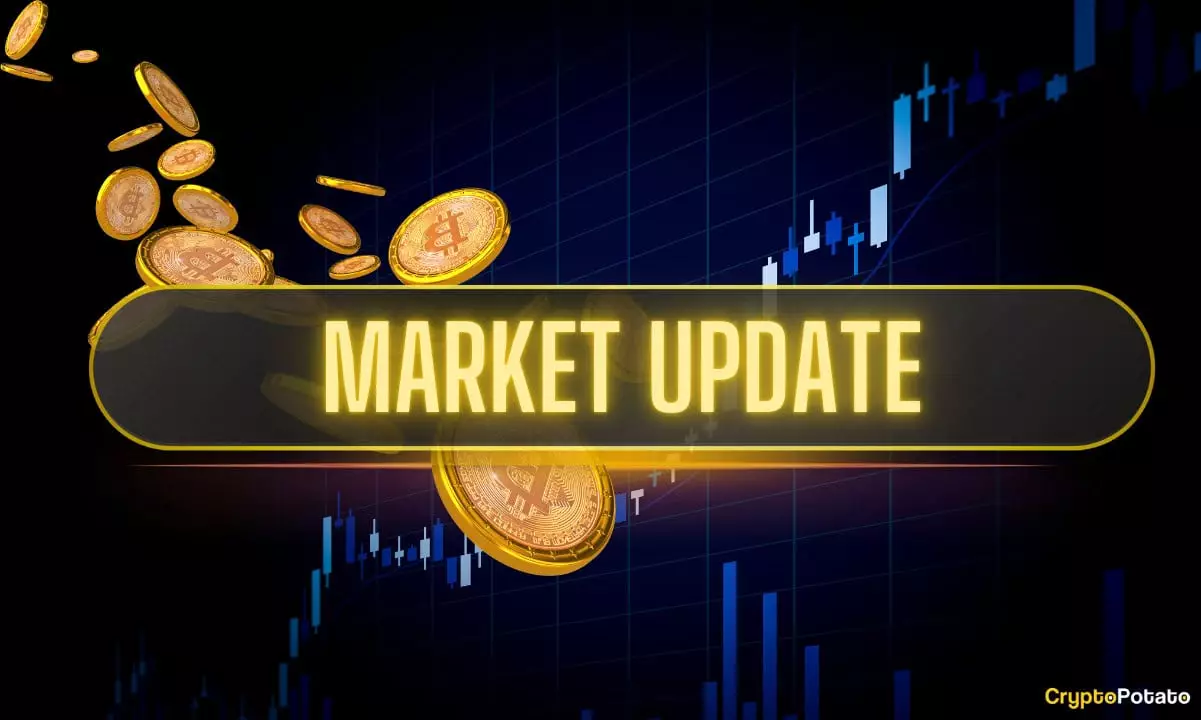Despite Bitcoin’s recent rally to nearly $110,000, the underlying currents suggest a fragile optimism rooted more in speculation than sustainable growth. While many in the crypto community celebrate a 30% quarterly gain, this apparent strength hardly masks the deeper issues plaguing both the financial markets and U.S. governance. The brief dip following the passage of Donald Trump’s mammoth $5 trillion legislation—an enormous fiscal expansion—highlighted the inherent volatility and susceptibility of Bitcoin to macroeconomic and political shocks.
What’s noteworthy is how Bitcoin’s price momentum, seemingly buoyed by bullish analysts’ projections, may actually be a mirage. The market’s resilience is less about robust fundamentals and more about investor desperation to hedge against an expanding government debt that continues to balloon without restraint. The recent rally feels more like a reflex than a sign of long-term health. Historically, markets respond with exuberance after stimulus measures, but this pattern often culminates in disappointment, exposing how market optimism can be an illusion that masks impending correction.
Leading figures such as Arthur Hayes caution that Bitcoin could dip to $90,000 before resuming its ascent—a crucial warning that the current momentum might be short-lived. Why? Because the political environment remains as unpredictable as ever, with fiscal policies that threaten to intensify inflation and devalue fiat currency, thus diverting attention from sustainable fundamentals to short-term gains. The narrative that Bitcoin is a hedge against inflation is compelling but simplistic; in reality, it’s highly sensitive to policy shifts, macroeconomic instability, and regulatory crackdowns.
The Political Chessboard: A Catalyst for Crypto Volatility
The passage of Trump’s “One Big Beautiful Bill” marked a pivotal moment in U.S. fiscal policy, signaling a return to expansive government spending that further fuels inflation fears. While proponents laud it as necessary to stimulate economic growth, its long-term impact on the dollar, debt, and overall fiscal stability remains contentious. The bill’s rollbacks on Medicaid expansion and green energy incentives also underscore a shift towards austerity, which might initially dampen confidence but ultimately amplifies inflationary pressures.
This act of fiscal recklessness is perceived by some in the crypto space as a bullish sign, akin to the stimulus packages of 2020 that previously ignited massive cryptocurrency rallies. However, this interpretation glosses over the darker reality: persistent inflation devalues the dollar and makes hard assets like Bitcoin more attractive, but it also sets the stage for unpredictable regulatory responses. With the government’s commitment to expansive deficits, the stage is set for a volatile environment where crypto assets may serve as both refuge and casualty.
Elon Musk’s critique of the bill’s cuts to green energy and his threat to form a new political party reflect a larger frustration with the current political system—a system increasingly dominated by short-term focuses and partisan battles. His sparring with Trump exemplifies how polarizing leadership hampers coherent policymaking, creating an environment of instability for markets that crave clarity. Whether Musk’s threat will materialize into a new political force or fade into irrelevance remains to be seen, but the underlying message is clear: leadership vacuums and ideological splits threaten the stability necessary for sustained economic growth.
The Cryptocurrency Industry Amid Political Turmoil
Within this tumultuous landscape, the crypto industry faces both opportunities and threats. The removal of key tax relief amendments for miners and stakers highlights the ongoing regulatory uncertainty that casts a shadow over the sector’s future. Miners and institutional investors are watching closely as debates about a U.S. strategic Bitcoin reserve gain traction. Such initiatives have the potential to reinforce Bitcoin’s status as a national asset, but they also invite regulatory scrutiny and political interference.
Meanwhile, the excitement surrounding potential approval of spot-based XRP, ADA, and SOL ETFs underscores the industry’s desperation for mainstream legitimacy. Yet, this optimism is tempered by skepticism—whether regulators will indeed greenlight these products is still uncertain. If approved, these ETFs could catalyze significant capital inflows into altcoins, but at what cost? The risk of market manipulation and regulatory backlash remains high, warning that gains might come with corresponding vulnerabilities.
Additionally, the rise of institutions like BlackRock, managing Bitcoin-focused funds surpassing even S&P 500 revenues, reveals a tectonic shift in how mainstream finance perceives and integrates crypto assets. This development affirms that Bitcoin is increasingly viewed as a “safe” hedge or alternative asset, even amid political and macroeconomic chaos. Yet, such acceptance could also lead to increased regulatory scrutiny, transforming Bitcoin from a decentralized refuge to a government-controlled asset—dangerous terrain for true libertarian ideals.
Looking Ahead: Is the Bull Run Sustainable?
The big question looming over the crypto space is whether Bitcoin’s recent surge represents a sustainable rally or a temporary spike driven by speculation. Experts are torn, with some predicting that cycles have peaked and correction is imminent, while others believe a second wave of bullish momentum will push Bitcoin much higher before the year ends.
What is clear is that macroeconomic signals point to a tumultuous environment. The enormous US debt buildup, coupled with the expanding influence of fiscal stimulus, suggests that inflationary pressures will intensify. This environment could bolster Bitcoin’s narrative as “digital gold,” but it also raises the risk of regulatory crackdowns designed to clamp down on crypto assets perceived as threats to monetary sovereignty.
On-chain data and analyst perspectives reveal a complex picture: while Ethereum gains traction with corporate treasuries and altcoin ETFs promise capital inflows, the overarching uncertainty keeps investors cautious. The real challenge for Bitcoin and cryptocurrencies at large is navigating this unstable environment—balancing speculative exuberance with the hard realities of political and macroeconomic risks. Only time will tell whether the recent rally is heralding a new bull market or merely a false dawn built on the shifting sands of political chaos and economic mismanagement.


Leave a Reply